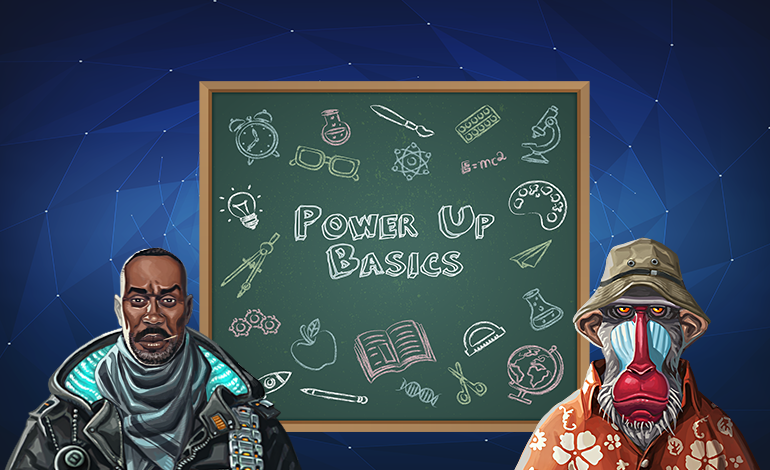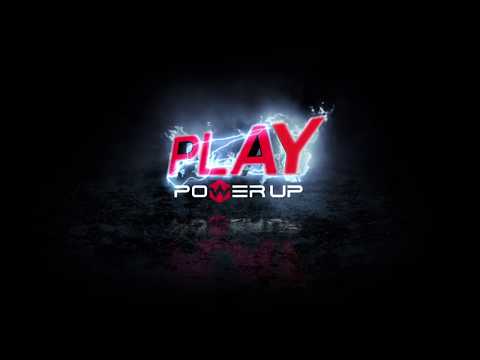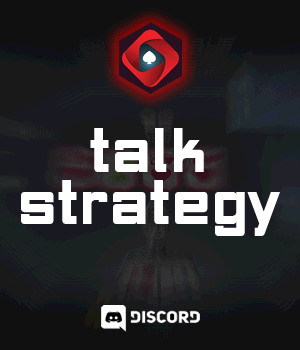Now that I’ve had a chance to play Power Up, and gave my opinions on the current state of the game in the last video, it’s time for me to get gud!
I’ve taken poker seriously in the past, and have put some fairly sizeable chunks of cash into my accounts over the years from tournament wins. Recently however, I’ve been playing recreationally, and if I’m honest, my game has suffered for it. If you have been watching my recent videos closely, you might have seen me make some less that stellar plays. Well, that stops now.
If I’m going to take Power Up seriously, I’m going to need to work out what I did wrong. My key mistake seems to have been to over value middling hands. Heads up, 2nd pair can be a monster at a regular poker table. As the old poker adage goes, “it’s hard to make a pair.” At the Power Up tables, the players are noticeably either rather limited in their opening hand ranges, or are maniacs. It feels a little like I’ve been transported back to the golden age of the poker boom!
This is before I take into consideration the new factor of the Power Cards.
The first thing I need to do is look at the hands I’m going to play compared to the hands I’m going to fold. I’ve never been a fan of charts, as they are too static for my liking. If you want to go that route, there’s nothing wrong with it, it’s just not for me.
I think I’ll be looking at the poker side of the Power Up game like a Spin and Go. Yes, the game is different, and I’ll have to adapt the strategy, but my starting hands should probably be similar. We don’t have any more information to work with as all the power cards are hidden. My major caveat to that however, is that the power of single Aces seems to be reduced, as is top pair on any flop. The Disintegrate card appears to make it too easy to eliminate the top card on the board, and the options to draw new cards or see what’s coming mean hitting low percentage draws become easier.
Essentially, the maths from the poker side of the game is messed up, and I’m going to have to think through every hand rather than go on automatic pilot as I tend to do at No Limit Hold’em tables. This has both advantages and disadvantages for me. I’ve never been a player who slavishly follows a strategy, I’ve always been willing to adapt to the situation. On the downside, my 20+ years of playing poker is going to skew my instinctive reactions towards the poker “correct” answers, when that is likely to be wrong in Power Up.
We’re still at a stage with Power Up that I can’t join a training site and instantly learn the mathematically perfect plays, and if I’m honest, I prefer it this way. I have an analytical mind, and finding patterns and concepts hidden behind the obvious has always intrigued me.
My next step is going to play 20 games of Power Up, and then go through my recorded session, looking at where I had justification for a play, and where I had fallen back into old poker habits. I’m also going to use the power cards a little more. In my first session, I defaulted to using them to either protect my hand, or to try and get me out of trouble. Once or twice I used them to bluff, and it seemed to be effective. I want to explore how effective this strategy is over a bigger sample.
While 20 games is still a pretty small sample, I think this new attitude will allow me to make more of the learning experience. While I’m never going to forget my poker experience, when I’m playing Power Up, I think it’s going to need a filter applied to be useful.
I’ll be back in the new year with my results and thoughts, and hopefully a better idea of the strategy surrounding Power Up.











